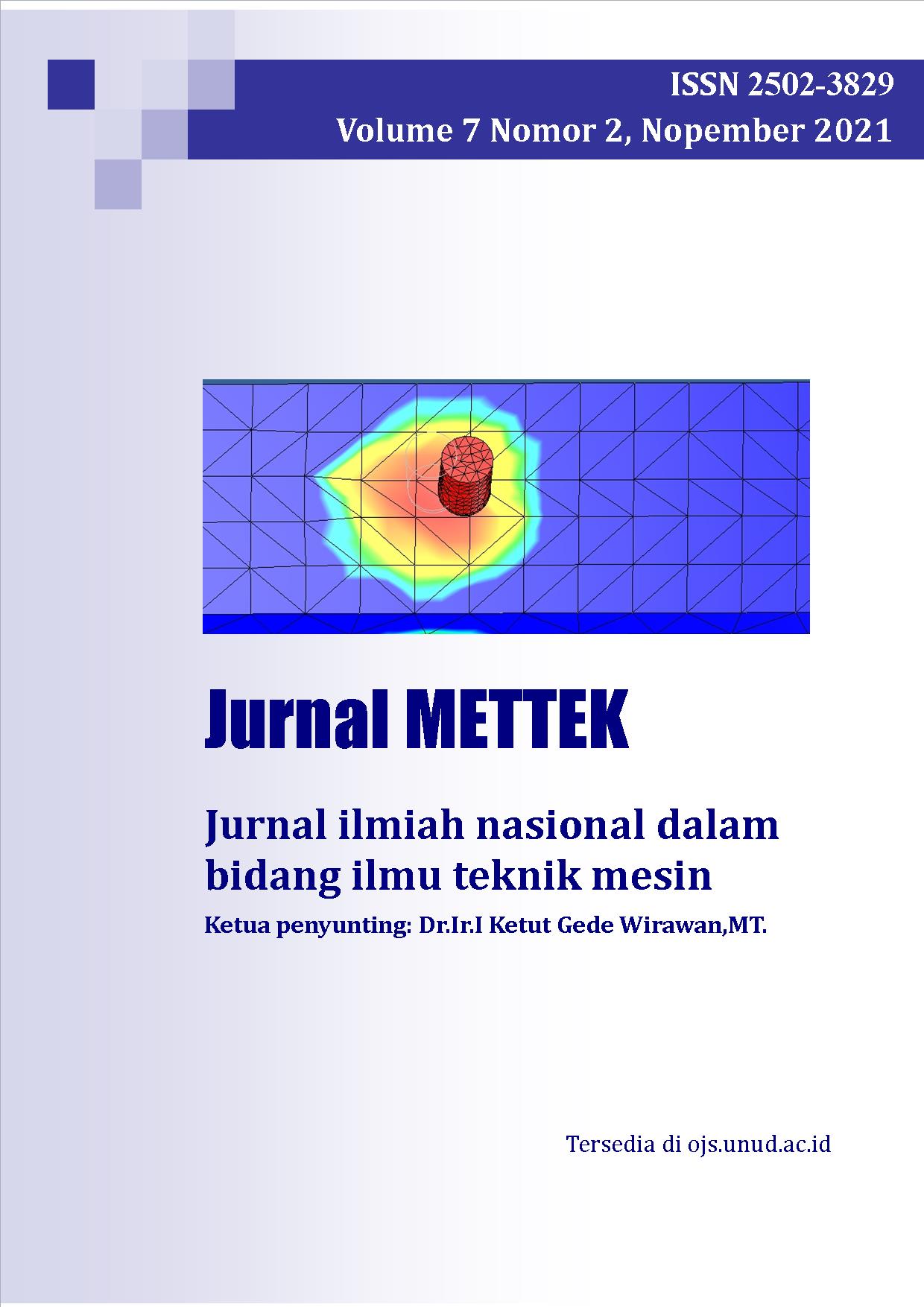Perbandingan Uji Kestabilan Attitude Hexacopter Pada Metode Root Locus dan Routh Hurwitz
Abstract
Drone Hexacopter adalah salah satu jenis UAV tipe rotary wing. Hexacopter memiliki 6 buah motor penggerak, biasa disebut multirotor. Sistemnya bersifat nonlinear, multivariabel, dan dinamis. Sifat hexacopter yang dinamis menyebabkan proses pengendalian sulit dilakukan saat sistem kontrol tidak dirancang dengan baik sehingga menjadi tantangan untuk penelitian mendatang. Dibutuhkan perancangan kestabilan sistem kontrol hexacopter yang dapat menjaga kestabilan gerak attitude saat drone berada di udara. Maka, penelitian ini bertujuan untuk mengetahui bagaimana menentukan parameter kestabilan untuk gerakan pitch dan roll pada hexacopter dan mengetahui bagaimana menganalisis respon sistem kontroler kestabilan yang dirancang untuk gerakan pitch dan roll. Metode penelitian yang digunakan adalah menggunakan metode root locus dibandingkan dengan kriteria kestabilan routh hurwitz. Penelitian tugas akhir ini menggunakan data input berupa transfer function dan data output berupa grafik hasil simulasi yang kemudian dianalisis menggunakan metode root locus. Analisis sistem kestabilan yang dilakukan setelah melakukan simulasi kestabilan menunjukkan hasil simulasi yang stabil dari masing-masing gerakan. Didapatkan nilai pole zero-zero dan pole-pole gerakan pitch keduanya bernilai negatif yang menandakan bahwa perancangan sistem PID untuk gerakan pitch sudah stabil. Kemudian untuk gerakan roll pada zero-zero terdapat nilai positif akan tetapi perancangan sistem PID pada penelitian sebelumnya tetap stabil karena didapatkan nilai pole pada pole-pole bernilai negatif yang menandakan bahwa sistem tesebut sudah stabil.
Hexacopter drones are a type of rotary wing type UAV. Hexacopter has 6 drive motors, commonly called multirotors. The system is nonlinear, multivariable, and dynamic. The dynamic nature of the hexacopter causes the control process to be difficult when the control system is not well designed, making it a challenge for future research. It requires the design of a hexacopter control system that can maintain the stability of gestures while the drone is in the air. Thus, this study aims to know how to determine the stability parameters for pitch and roll movement on the hexacopter and know how to analyze the response of a stability controller system designed for pitch and roll movements. The research method used is to use the root locus method compared to routh hurwitz stability criteria. This final task research uses input data in the form of transfer function and output data in the form of graphs of simulation results which are then analyzed using the root locus method. Stability system analysis conducted after conducting stability simulation shows a stable simulation result of each movement. The zero-zero pole value and the pitch movement poles are both negative, indicating that the design of the PID system for pitch movement is stable. Then for the roll movement at zero-zero there is a positive value but the design of the PID system in the previous study remained stable because the pole value on the poles was negative which indicates that the system is stable.
Downloads

This work is licensed under a Creative Commons Attribution-NonCommercial-ShareAlike 4.0 International License.

This work is licensed under a Creative Commons Attribution-NonCommercial-ShareAlike 4.0 International License.







